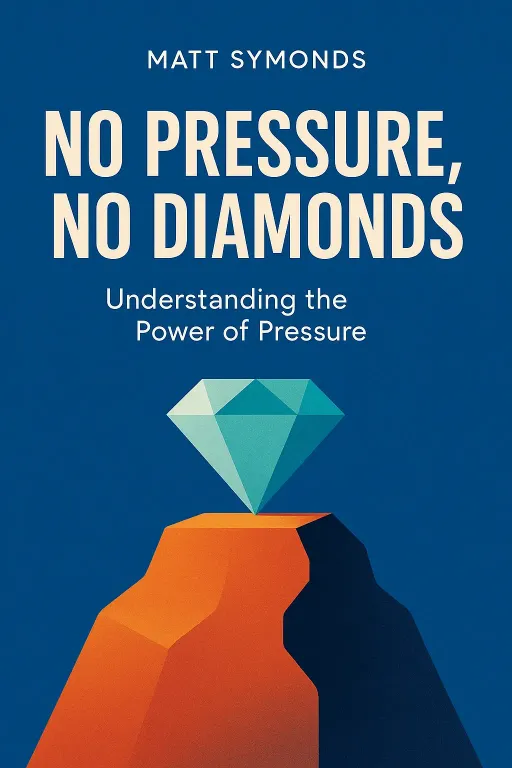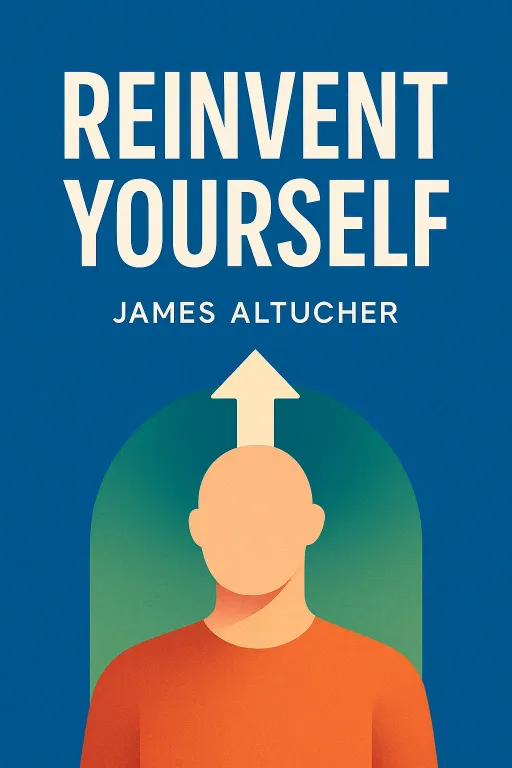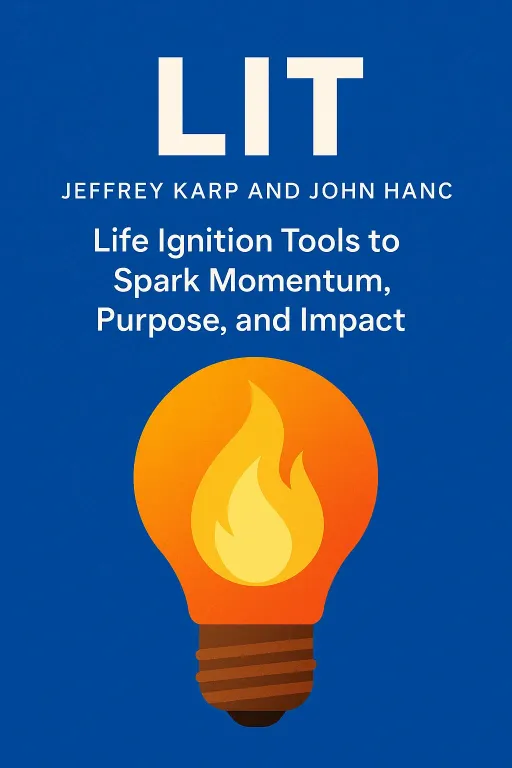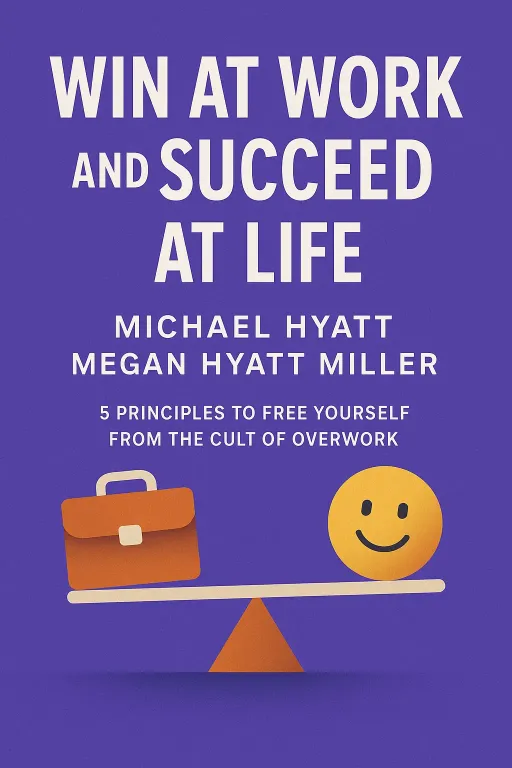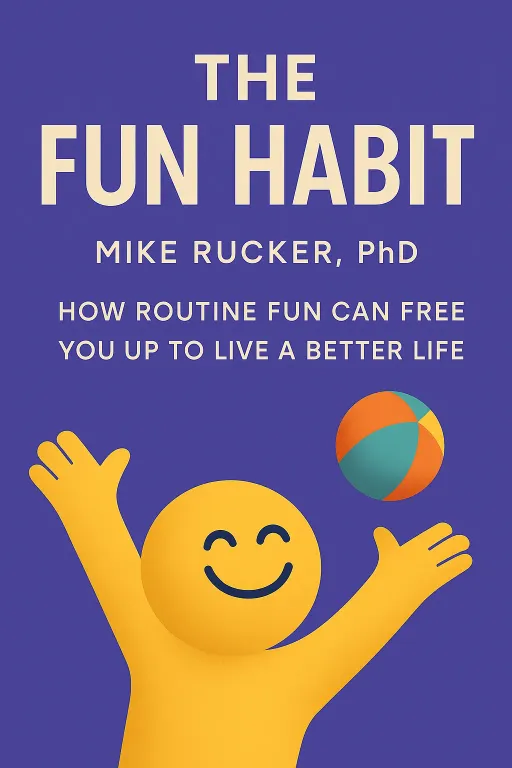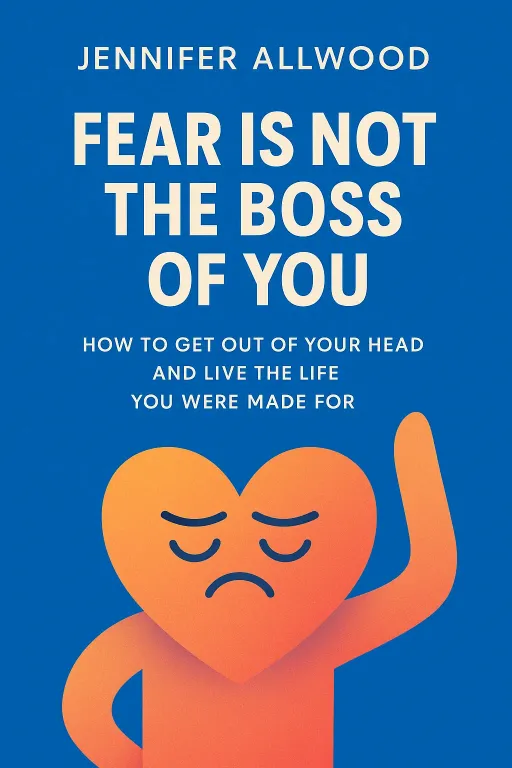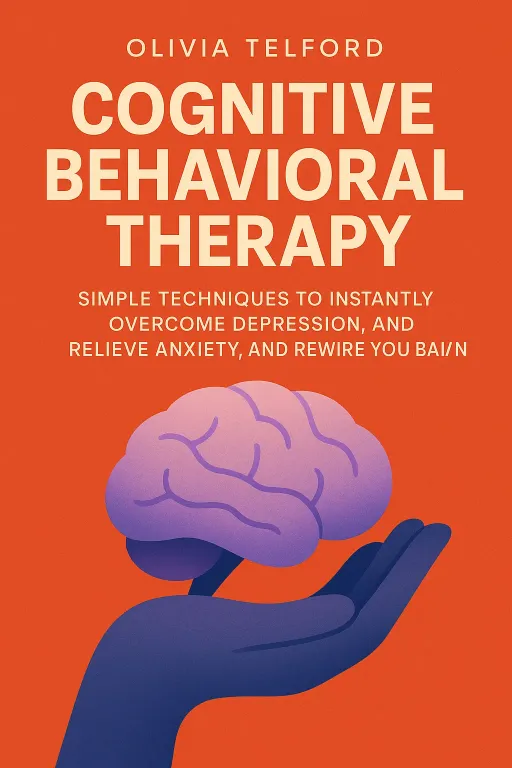
The Mind's Operating System: Hacking Your Thoughts with CBT
11 minGolden Hook & Introduction
SECTION
Dr. Warren Reed: Picture this. You’re walking down the street, you see a friend, you call out their name... and they just keep walking. They ignore you. What’s the first story that pops into your head? Is it, "Wow, they must be really mad at me"? Or is it, "Huh, they probably have headphones in"?
AXMED: That's a great question. I think for a lot of us, the immediate jump is to something personal, something negative about ourselves. It's almost a default reaction.
Dr. Warren Reed: Exactly. And that single, split-second interpretation is the key to everything we're talking about today. The book "Cognitive Behavioral Therapy" by Olivia Telford argues that it’s not the event itself, but the that controls our happiness, our anxiety, and our success. It’s a radical idea, that we can become the architects of our own minds.
AXMED: I love that framing. Not just a passenger to your emotions, but the architect.
Dr. Warren Reed: Precisely. So today we'll dive deep into this from two perspectives. First, we'll explore how to deconstruct your own thoughts to find the hidden 'bugs' that cause anxiety and self-doubt. Then, we'll discuss a powerful, counterintuitive principle for taking action to change how you feel, even when you have zero motivation.
Deep Dive into Core Topic 1: Deconstructing Your Thoughts
SECTION
Dr. Warren Reed: Let's start with that first idea: deconstructing our thoughts. CBT gives us a simple but profound framework for this called the ABC model. It’s a three-step process. A is the Activating Event. B is your Belief about the event. C is the emotional and behavioral Consequence.
AXMED: Okay, so A, B, C. Activating Event, Belief, Consequence.
Dr. Warren Reed: Let's apply it to our friend on the street. The Activating Event, 'A', is the same for everyone: your friend walks past without acknowledging you. But the 'C', the Consequence, can be totally different depending on 'B', your Belief.
AXMED: Right. So if my Belief is, "They're definitely mad at me, I must have done something wrong," the Consequence is probably feeling anxious, sad, maybe even avoiding them later.
Dr. Warren Reed: Exactly. You feel rejected. But what if your Belief, your 'B', was different? What if it was, "They look really preoccupied, I hope everything's okay," or "They must have their noise-canceling headphones on"?
AXMED: Then the Consequence, 'C', is completely different. You might feel a bit of concern, or just neutral. You might send them a text later saying, "Hey, saw you on the street, you looked busy! Hope all is well." The entire emotional outcome changes.
Dr. Warren Reed: The event didn't change. Only the belief did. This is the core of CBT. Our feelings don't come from events; they come from our interpretation of events.
AXMED: So the 'Belief' part is like a filter or a piece of code that runs automatically. It's a habit of thinking. This reminds me of what James Clear talks about with habits—they're automatic solutions our brain defaults to. It seems like our negative thoughts are just bad mental habits we've practiced into perfection.
Dr. Warren Reed: That's a perfect analogy. And CBT calls the bugs in that code 'cognitive distortions' or 'thinking errors.' These are illogical, self-defeating patterns. The book lists several, but let's focus on a few that are incredibly common. First, there's 'Mind Reading.' This is when you assume you know what other people are thinking, usually something negative about you.
AXMED: That's huge in relationships, right? And in social situations in general. You're at a party, you say something you think is awkward, and your brain immediately goes, "Everyone here thinks I'm an idiot." You're reacting to a story in your own head, not to what's actually happening.
Dr. Warren Reed: You've created an entire social drama that exists only between your ears. Another big one is 'Overgeneralization.' This is where you take one single negative event and turn it into a never-ending pattern of defeat. The book gives a great example of this. Imagine a marketing specialist named Sarah. She's worked for months on a project and has to present it to the executive team.
AXMED: High stakes. I can feel the pressure already.
Dr. Warren Reed: Exactly. She gets up there, and her nerves get the best of her. She stumbles over some words, forgets a key data point. It's not a total disaster, but it's not great. Afterwards, her boss gives her some constructive feedback, things she can work on for next time.
AXMED: Which is normal. That's how you grow.
Dr. Warren Reed: A rational response, yes. But Sarah's cognitive distortion kicks in. She overgeneralizes. Her internal monologue isn't, "Okay, that was tough, I'll practice more next time." It's, "I am a terrible presenter. I always mess up. My career is in jeopardy." She takes one imperfect presentation and concludes she is fundamentally incompetent.
AXMED: And that one bad experience becomes her entire identity as a speaker. The overgeneralization isn't just a thought; it creates a new, limiting belief about herself. It's a self-fulfilling prophecy because now she'll be terrified of public speaking, which prevents her from ever getting better. She's building her own cage.
Dr. Warren Reed: That's the danger. These distortions aren't harmless. They build cages, just as you said. They dictate our behavior and limit our potential.
Deep Dive into Core Topic 2: The Action-First Principle
SECTION
Dr. Warren Reed: You've hit on a critical point, AXMED. These thoughts lead to avoidance. And that brings us to our second key idea, which is the 'behavioral' part of CBT. What if, instead of trying to win a debate with your brain, you just... acted?
AXMED: You mean, ignore the thought and do something anyway?
Dr. Warren Reed: Precisely. This is a technique called Behavioral Activation, or BA. The principle is simple and, for many, revolutionary: action precedes motivation. You don't wait to feel good to do something. You do something to feel good.
AXMED: That's so counterintuitive. Our culture is obsessed with inspiration. We're told to 'find your passion' or 'wait for the muse to strike.' This is saying that inspiration is a of action, not a prerequisite. I can see how that's a powerful weapon against procrastination.
Dr. Warren Reed: It's the ultimate procrastination-buster. The feeling of being overwhelmed comes from the story you tell yourself: "This task is too big." Behavioral Activation says: ignore the story. Just do one, tiny, physical thing. Write one sentence. Put on your running shoes. Make one phone call. The book has a powerful story about this. Another Sarah, this one struggling with depression.
AXMED: Okay.
Dr. Warren Reed: She's feeling apathetic, isolated, worthless. She knows she connect with people, but she has zero motivation. The thought of a big social event is exhausting. So, using BA, her therapist helps her set a tiny, achievable goal. Not "fix my social life," but "call my friend Emily for just 10 minutes."
AXMED: That's specific and manageable. It lowers the bar for what counts as a 'win.'
Dr. Warren Reed: Exactly. And as she's about to make the call, her brain is screaming at her. All those distorted thoughts: "This is pointless. It won't help. Emily probably doesn't want to hear from you anyway." But the instruction of BA is to acknowledge the thoughts, and do it anyway. So she pushes through. She makes the call.
AXMED: And what happens?
Dr. Warren Reed: They have a pleasant, normal conversation. They catch up, share a laugh. And the book says that after the call, Sarah felt a "slight but noticeable improvement in her mood." It wasn't a miracle cure. But it was something. It was a data point.
AXMED: It's a data point that contradicts the 'Belief' from the ABC model! Her belief was "this is pointless and will make me feel worse," but the real-world evidence showed it actually helped. That's brilliant. It's like you're running a small experiment to prove your own negative thoughts wrong.
Dr. Warren Reed: That's exactly what it is. And that small win builds momentum. The next day, maybe she goes for a five-minute walk. The day after, she replies to an email she's been avoiding. Each action is a small vote for a new identity—the identity of someone who takes action, who is capable. You're changing your feelings from the outside in.
AXMED: It's a feedback loop. Action creates a positive feeling, which makes the next action slightly easier. You're building a new habit of engagement instead of a habit of avoidance.
Synthesis & Takeaways
SECTION
Dr. Warren Reed: So, to bring it all together, we have two powerful tools from the CBT toolkit. One: The detective work of identifying your automatic negative thoughts and challenging the distortions within them. That's the 'cognitive' part.
AXMED: Becoming a more accurate thinker.
Dr. Warren Reed: And two: The engineering work of taking small, strategic actions to change your emotional state, regardless of how you feel. That's the 'behavioral' part.
AXMED: It really is a complete operating system for your mindset. You're debugging the software with cognitive work, and you're improving the hardware's output through behavioral change.
Dr. Warren Reed: Well said. And for anyone listening, especially someone analytical like you, AXMED, who wants a concrete action to try, there's a great CBT exercise from the book called the 'Responsibility Pie.'
AXMED: Responsibility Pie. I'm intrigued.
Dr. Warren Reed: When you're feeling guilty or blaming yourself entirely for something that went wrong—a failed project, an argument, anything—take out a piece of paper and draw a big circle. That's the pie. Now, your task is to assign a percentage of responsibility to involved. That includes other people, circumstances, bad timing, pure luck, and, yes, yourself.
AXMED: So you're forced to look at the entire system, not just your own role.
Dr. Warren Reed: Exactly. And when you do it honestly, you'll almost always find that your personal slice of the pie is much smaller than the 100% you were assigning yourself. It's a simple, visual way to put your thoughts on trial and force a more realistic perspective. It's a perfect first step in applying these ideas.
AXMED: That's a fantastic, actionable takeaway. It's not just about 'thinking positively,' it's about thinking. It's a tool for accuracy, and from that accuracy comes a more resilient and confident mindset. This has been incredibly insightful, Warren.
Dr. Warren Reed: The power is in the practice. Thanks for the great conversation, AXMED.
